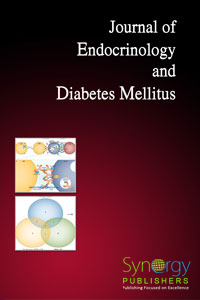
Potentials and Limitations of Bile Acids in Type 2 Diabetes Mellitus: Applications of Microencapsulation as a Novel Oral Delivery System Pages 49-59
Rebecca Negrulj, Armin Mooranian and Hani Al-Salami
Curtin Health Innovation Research Institute, Biosciences Research Precinct, School of Pharmacy, Curtin University, Perth WA, Australia
DOI: http://dx.doi.org/10.12970/2310-9971.2013.01.02.4
Download PDFAbstract: Type 2 diabetes (T2D) is a chronic metabolic disorder resulting from genetic and environmental factors that bring about tissue desensitization to insulin and consequent hyperglycemia. Despite strict glycemic control and the fact that new and more effective antidiabetic drugs are continuously appearing on the market, diabetic patients still suffer from the disease and its complications. Recent findings present a strong link between diabetes, inflammation, altered gut microbiota and bile acid (BA) disturbances. BAs are naturally produced in humans and are gaining an appreciable interest as an adjunct treatment for T2D due to their endocrine signalling and anti-inflammatory properties. However a significant limitation to their efficacy is their low oral absorption, poor targeted delivery, gut metabolism and inter- and intra-individual dose variations. Thus there is a need for a novel and robust formulation that will encapsulate the BAs and protect them until they reach the lower intestine allowing them to be clinically beneficial. Artificial Cell Microencapsulation (ACM) is a novel oral delivery system for biologically active molecules and has been used significantly in the delivery of various cells and therapeutics. ACM-BA formulation has the potential to optimise BA efficacy and safety profiles and may have a place in the treatment of diabetes. This review aims to investigate the applications of BAs in T2D and the use of ACM as a novel delivery system for their optimum delivery.
Keywords: Microencapsulation, type 2 diabetes, bile acids, inflammation. Read more

